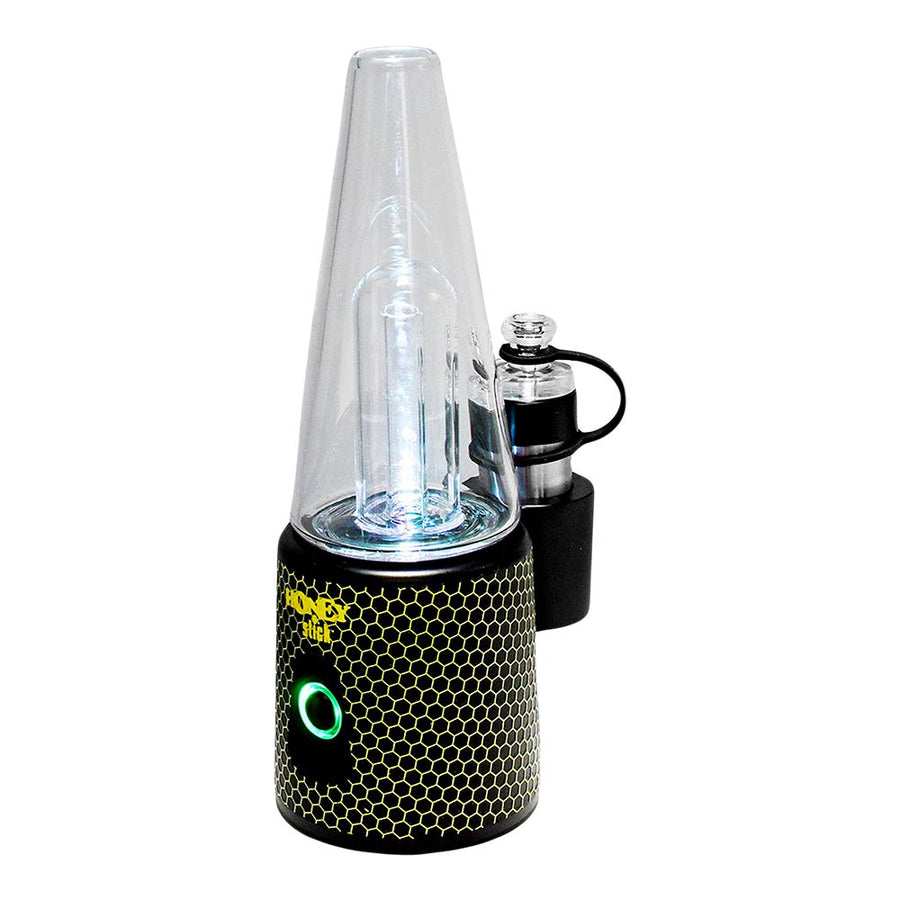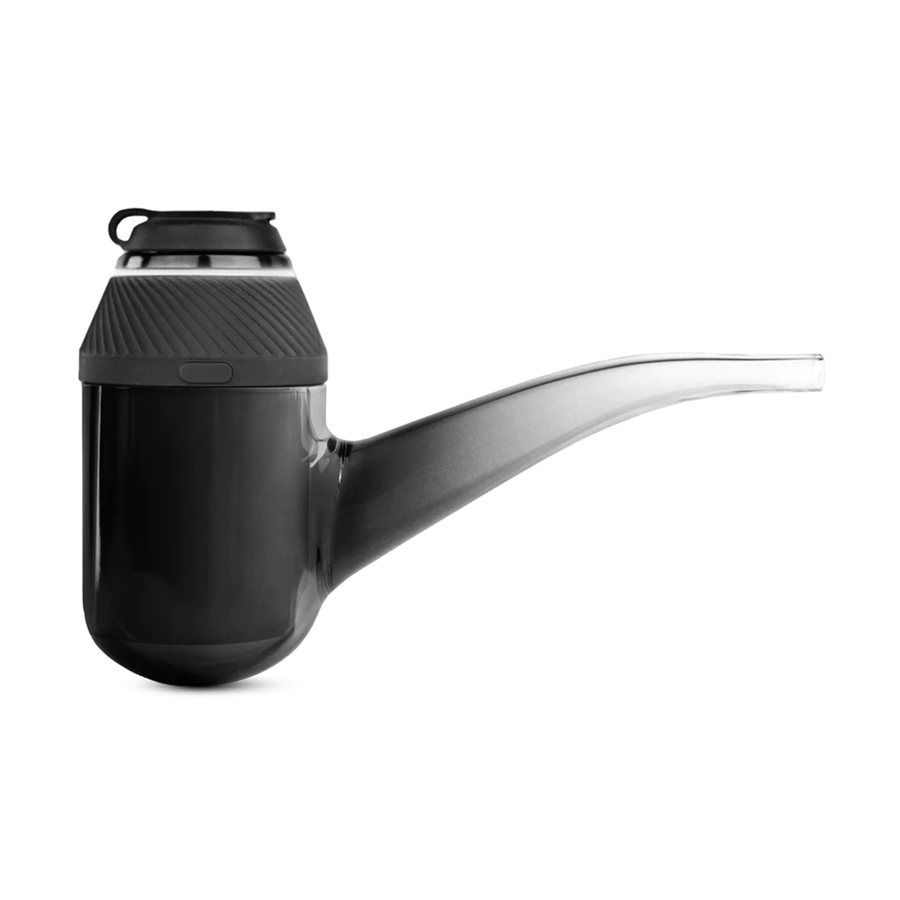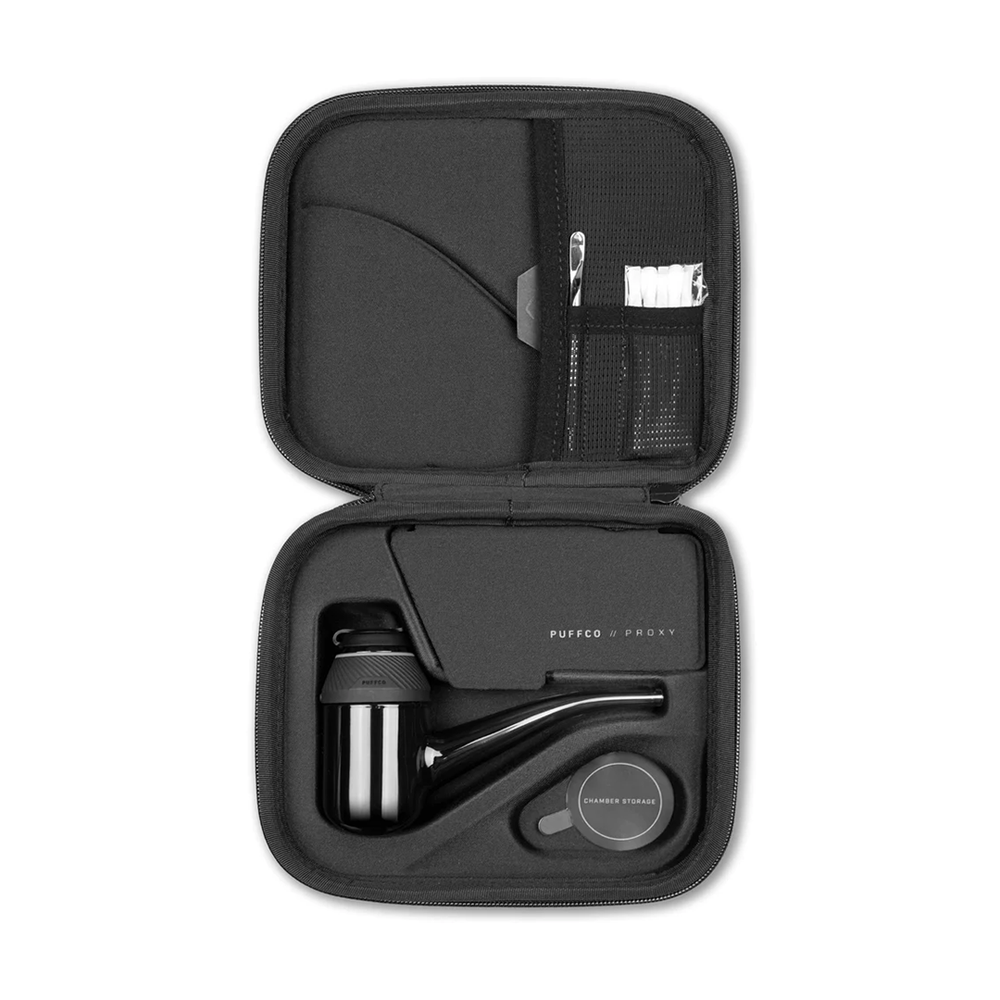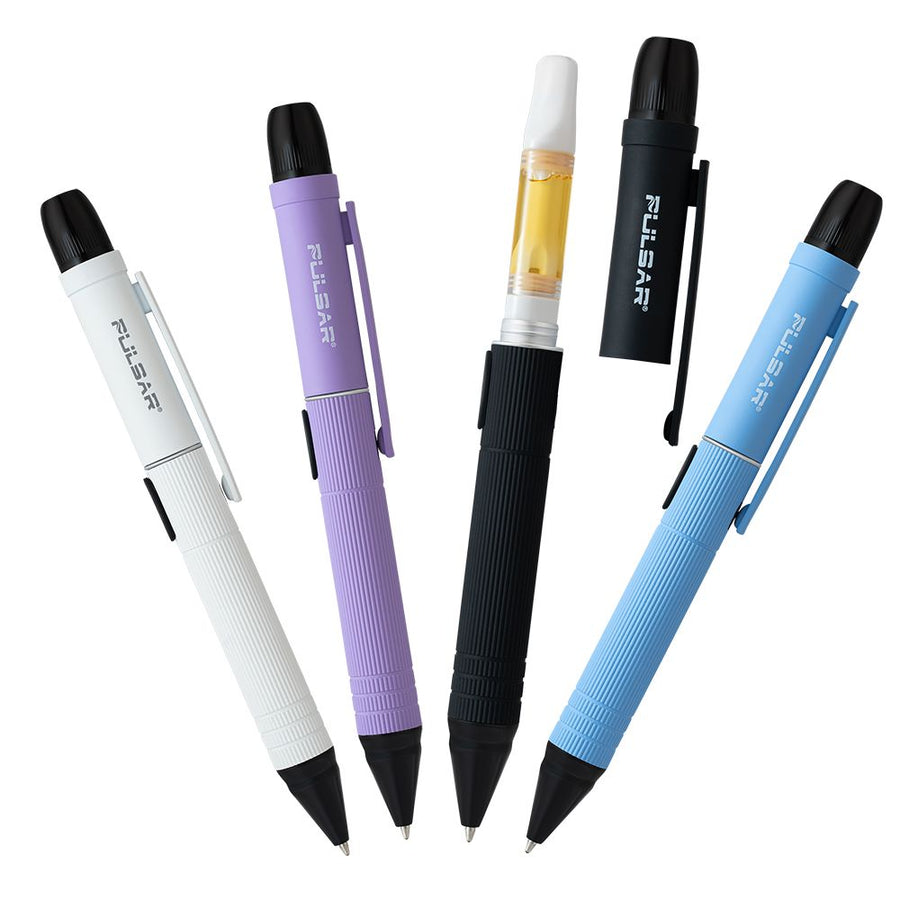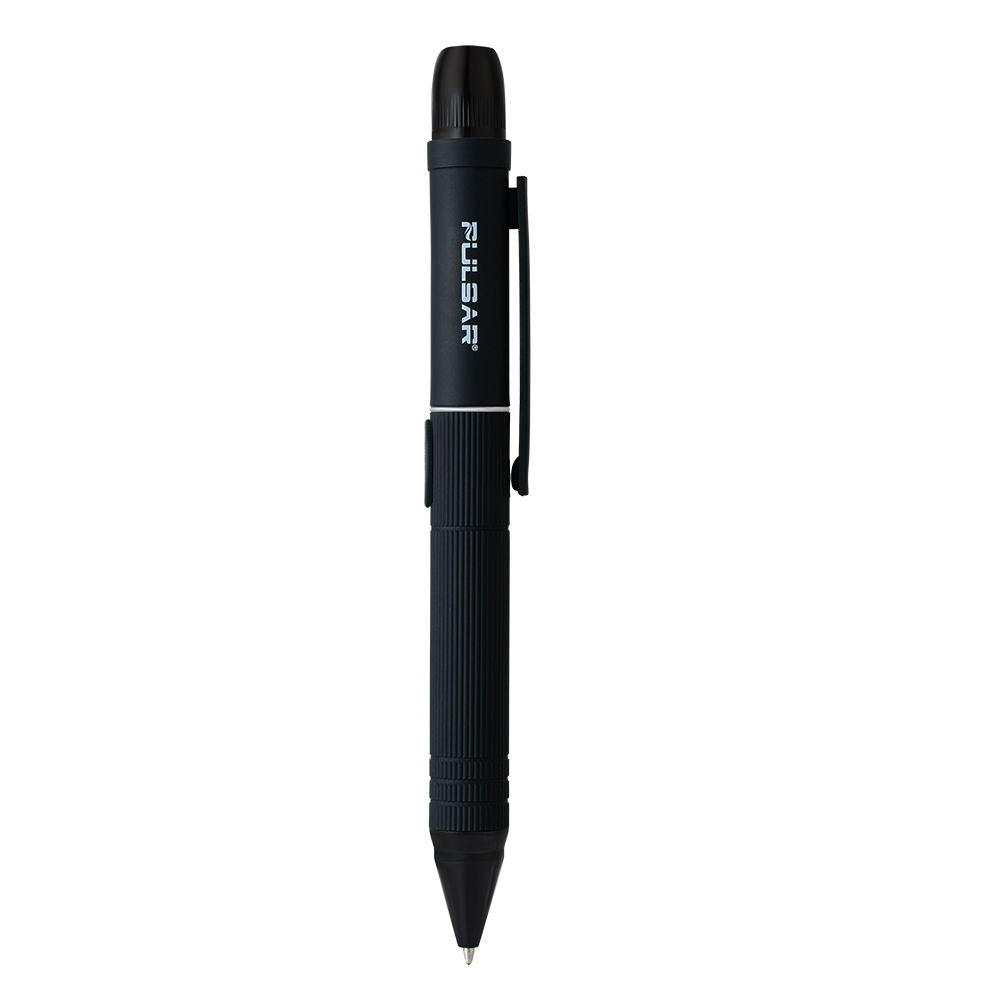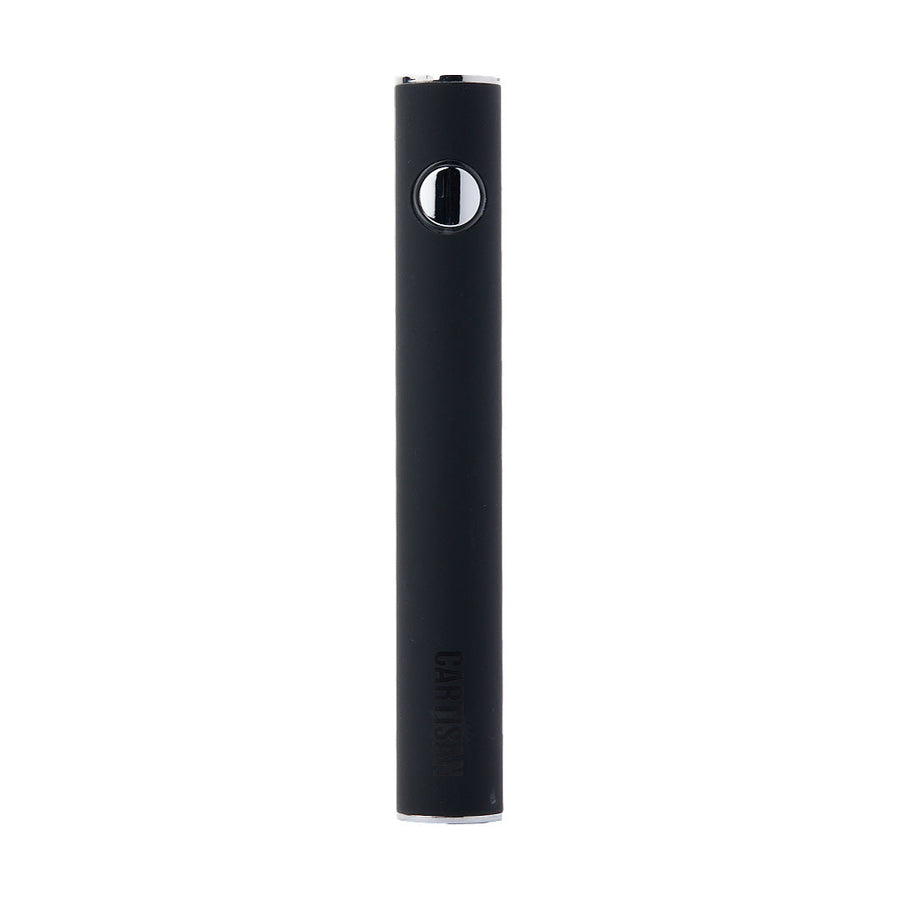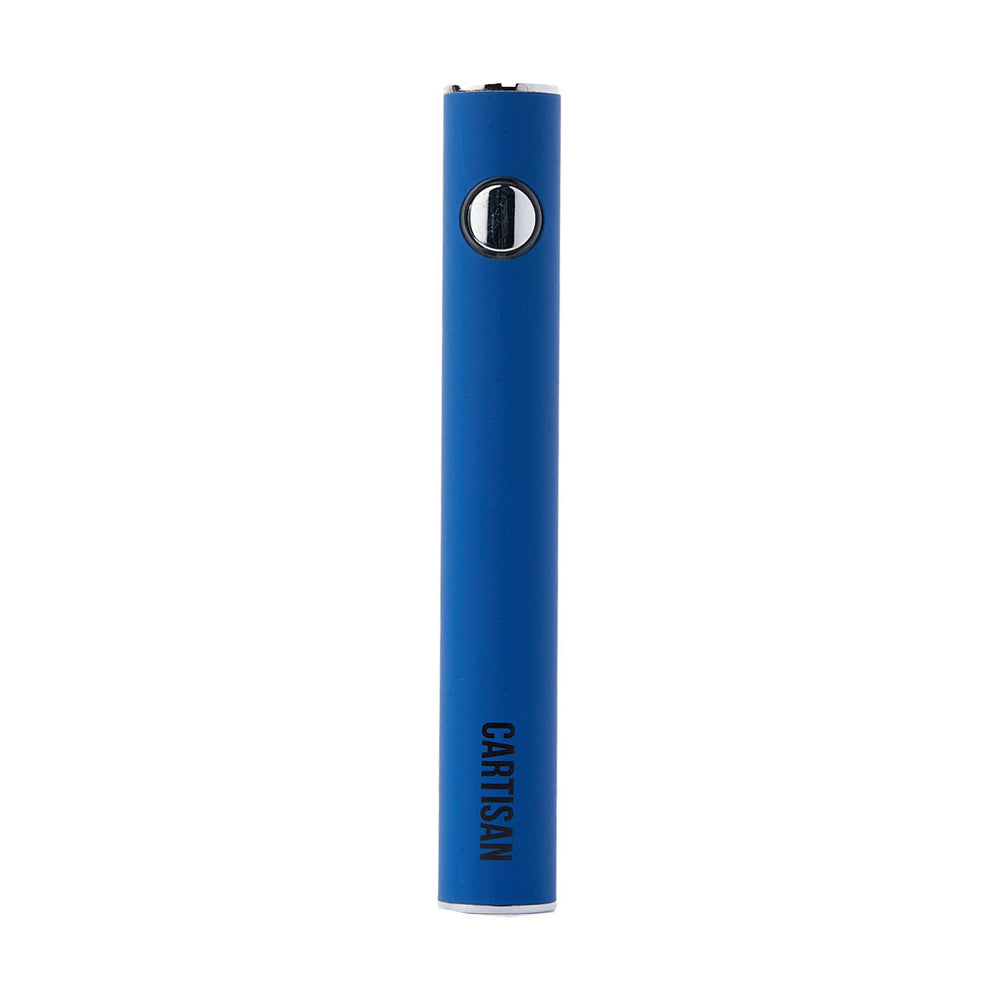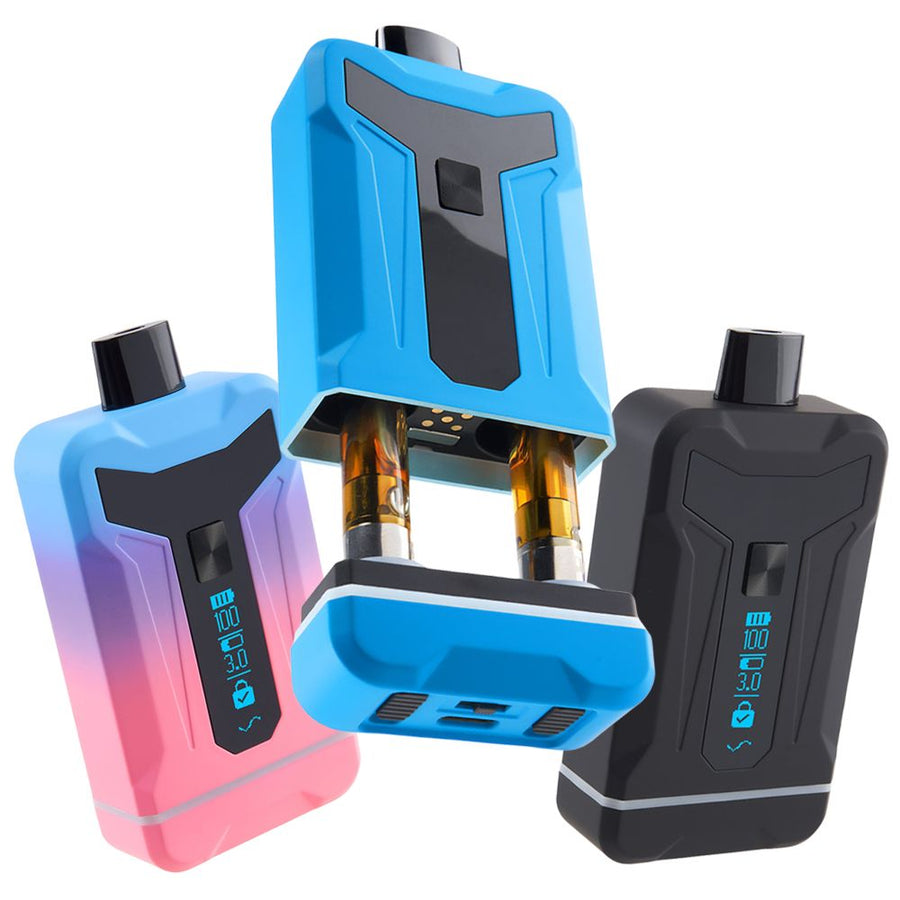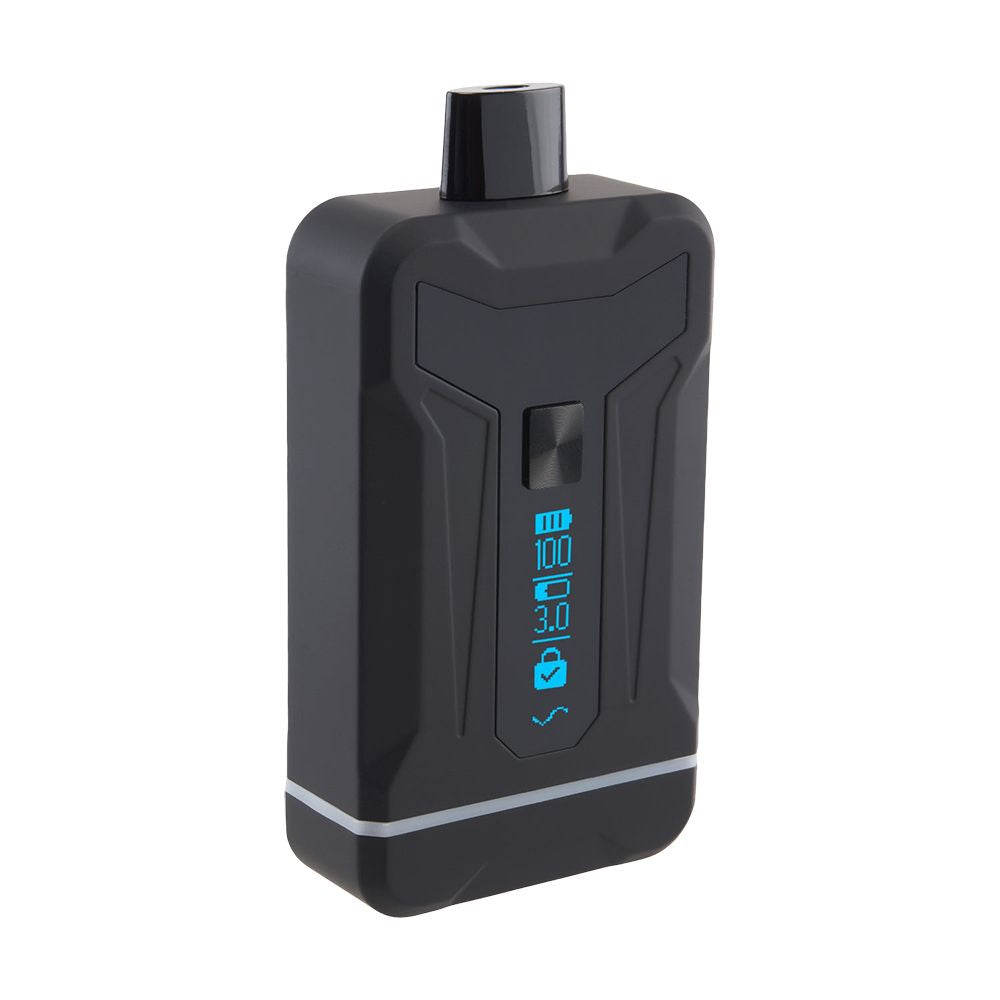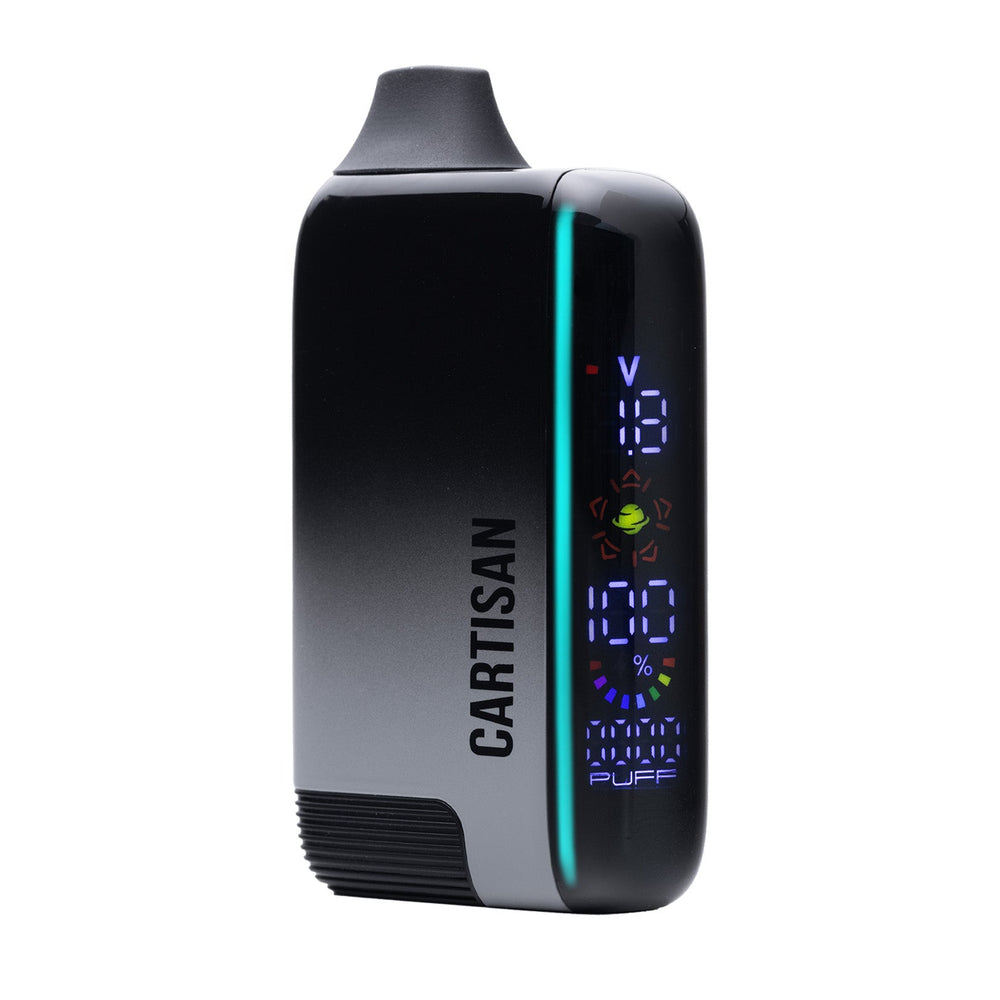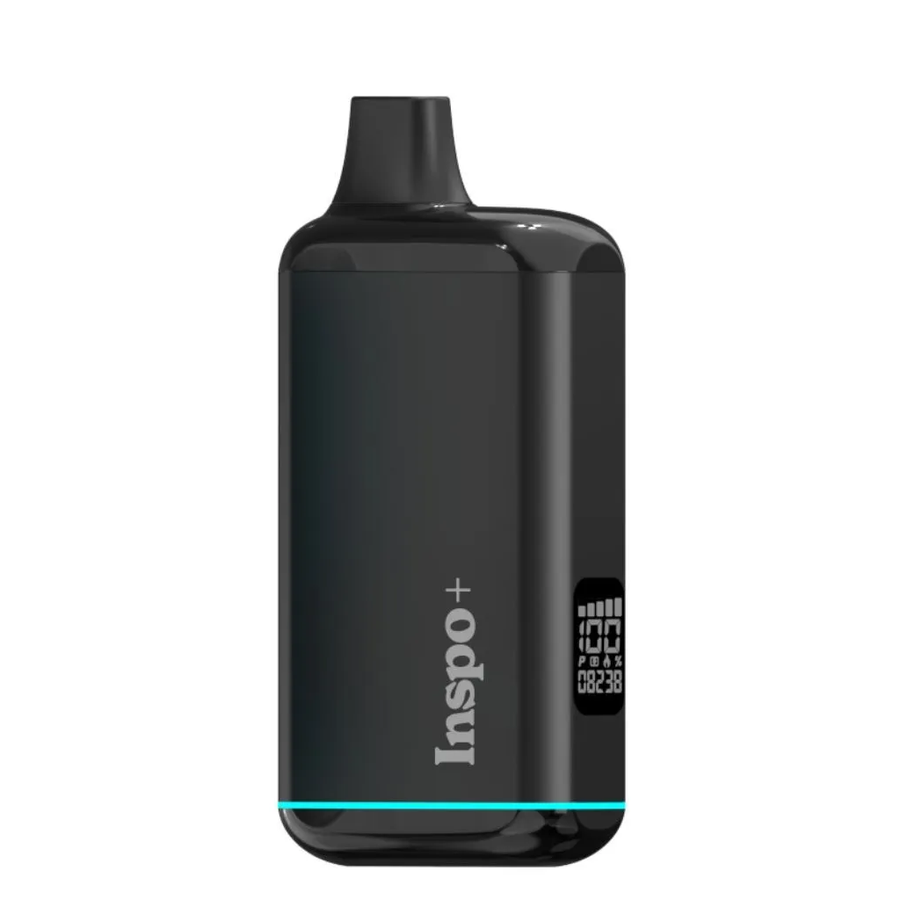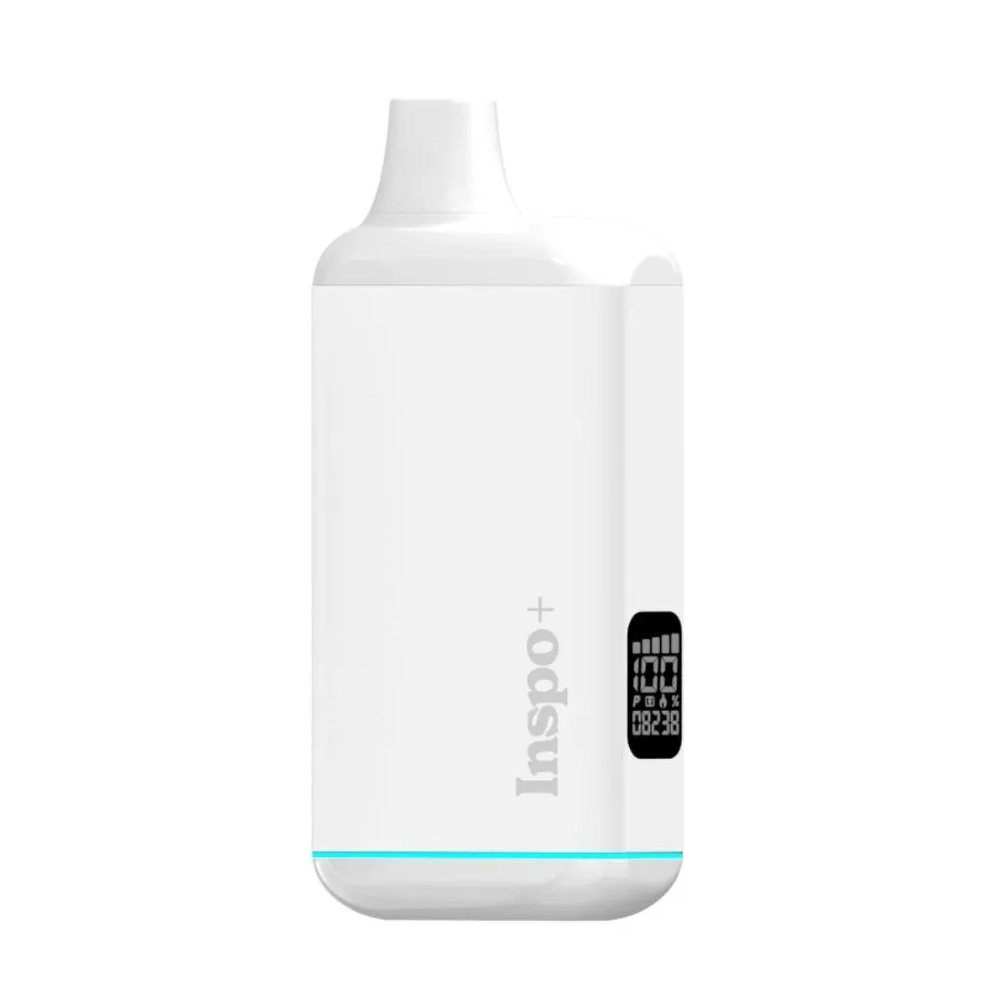The Ultimate Guide on How to Vape Without Setting Off Your Smoke Alarm

Vaping has become a popular way to enjoy nicotine without the tar and smoke associated with traditional cigarettes. But there's a common issue many vapers face: setting off smoke alarms accidentally.
This can be frustrating, especially when trying to vape discreetly at home or in other environments where setting off an alarm would be problematic.
Did you know that not all smoke alarms are triggered by vape clouds? It often comes down to the type of smoke detector and how sensitive it is to vapor particles. Our guide will explore effective strategies for vaping without causing any unwanted noise from fire alarms.
From choosing the right device to mastering your vaping technique, we've got tips that can help you enjoy your e-cigarette without the hassle of triggering those pesky alarms.
Keep reading for some cool hacks!
Understanding Smoke Alarms
Smoke alarms come in different types, all with their specific way of detecting smoke. They play a crucial role in fire safety.
Types of Smoke Alarms (Ionisation, Optical, Heat Alarms)
Smoke detectors play a vital role in fire safety, quickly alerting us to danger. Various types cater to different triggers, such as heat and smoke particles.
- Ionisation Smoke Alarms: These alarms detect fires by sensing small particles of smoke. They work well with fast-flaming fires that produce little smoke. Inside, there's a tiny bit of Americium-241, which creates ionized air. When smoke enters the chamber, it disrupts the ionization process, setting off the alarm. Vape pens can sometimes set these off because they produce many tiny particles similar to those in a fast-burning fire.
- Optical Smoke Alarms: Also known as photoelectric alarms, these are more responsive to smoldering fires that emit larger smoke particles before flames appear. They have a light sensor inside; when smoke obstructs the light beam partially, the alarm triggers. Optical detectors tend to be less sensitive to vape vapor due to its particle size, but dense clouds can still activate them if directed close enough.
- Heat Alarms: These alarms detect the rise in temperature from a fire and are not designed to sense smoke or vapor at all. They're ideal for kitchens where burnt toast might set off a different type of alarm unnecessary. Since they only react to significant heat increases, vaping will not cause heat alarms to go off no matter how thick the vapor is.
Understanding these differences helps in preventing smoke alarms from going off while vaping by choosing appropriate areas and methods for discreet vaping without triggering sensors unnecessarily.
How Smoke Alarms Detect Smoke
Transitioning from the different types of smoke alarms to how they detect smoke, it's important to understand that smoke alarms work by detecting particles in the air. These devices are designed to sense either the presence of smoke or a rise in temperature.
Optical smoke alarms operate by using a light sensor and a light source, while ionization type uses radioactive material for particle detection. Heat alarms respond to an increase in temperature caused by fire.
Understanding how these mechanisms function is crucial for vape users aiming to avoid setting off their home smoke detectors.
Smoke alarms detect tiny airborne particles created when something burns such as cooking food, candles, or cigarette/ vape smoke - with some sensitivity varying on particle size and vapor density.
For example, vaping produces vapor which can be mistaken for actual smoke if dense enough. It's essential for vapers to consider this when choosing where and how they indulge in vaping activities at home without causing unnecessary alarm triggers.
Can Vaping Set Off Smoke Alarms?
Vaping can set off smoke alarms due to the particles and vapor it produces. The sensitivity of smoke alarms, as well as the type of vaping device used, play a role in triggering them.
The Role of Vape Devices and Alarm Sensitivity
Vape devices can vary in the amount of vapor they produce, which directly impacts smoke alarm sensitivity. The size and density of the vapor particles emitted during vaping affect how easily they are detected by smoke alarms.
Additionally, certain vape devices may emit more visible vapor than others depending on their design and power output. Understanding these factors can help vapers make informed choices to minimize the risk of setting off smoke alarms while vaping indoors.
It's essential for vape users to select devices that produce minimal vapor and finer particles to reduce the likelihood of triggering smoke alarms. Being mindful of alarm sensitivity and choosing appropriate vaping equipment can significantly decrease the chances of causing a false alarm.
Factors Affecting Smoke Alarm Sensitivity (Particle Size, Vapor Density)
Particle Size and Vapor Density are critical factors impacting smoke alarm sensitivity. Consider the following:
- Particle Size:
- Smoke alarms are typically designed to detect small particles produced by fires.
- Vape aerosols consist of larger particles than those produced by actual smoke, which may reduce the likelihood of setting off smoke alarms.
- Vapor Density:
- Smoke alarms are sensitive to changes in air density caused by smoke.
- Vape aerosols have a different density than smoke, which may affect the alarm's sensitivity.
Understanding particle size and vapor density can help you vape without triggering smoke alarms, ensuring a discreet vaping experience in various environments.
Moving on to "Tips for Vaping Without Setting Off Smoke Alarms"...
Tips for Vaping Without Setting Off Smoke Alarms
Choose the right vaping device for less smoke.
Master your vaping technique for a smoother experience.
Choosing the Right Vaping Device
When choosing a vaping device, consider the vapor production and particle size. Opt for devices with lower vapor density such as pod systems or vape pens to minimize setting off smoke alarms.
These devices produce smaller aerosol particles that are less likely to be detected by smoke detectors compared to larger cloud-producing mods. Additionally, select vapes with adjustable airflow settings to control the density of your exhaled vapor and reduce the risk of triggering smoke alarms.
By paying attention to these factors, you can discreetly enjoy your vape without causing any alarm disturbances.
Useful keywords: Vaping without triggering smoke alarms, Minimizing the risk of setting off smoke alarms while vaping, Preventing vape smoke from triggering alarms, How to discreetly vape without setting off alarms
Mastering Vaping Technique
When mastering vaping technique, focus on drawing the vapor directly into your lungs, rather than holding it in your mouth. This inhalation method reduces the amount of vapor that lingers in the air and decreases the chances of setting off smoke alarms.
Also, consider exhaling your vapor towards an open window or air vent to further minimize its impact on smoke detectors. Practicing these techniques can help you vape without triggering any unwanted alarms.
Moving on from mastering vaping techniques, let's dive into vaping in well-ventilated areas for a safer experience.
Vaping in Well-Ventilated Areas
When mastering vaping technique, it's crucial to vape in well-ventilated areas. Proper ventilation helps disperse the vapor, minimizing its impact on smoke detectors and reducing the likelihood of setting off alarms.
This simple practice can also create a more enjoyable vaping experience by ensuring that the vapor doesn't linger in one place, leading to a buildup that may trigger smoke alarms.
Remember to consider your proximity to vents and fans in these well-ventilated areas as they play a role in dissipating the vapor effectively. It is advisable to prioritize this practice when choosing where to vape, maintaining a safe distance from enclosed spaces with limited airflow.
Maintaining a Safe Distance from Smoke Alarms
When vaping, it's crucial to maintain a safe distance from smoke alarms to prevent triggering them. Position yourself at least 10 feet away from the smoke alarm while vaping to minimize the risk of setting it off.
This distance helps reduce the concentration of vapor reaching the smoke alarm, lowering the chances of activation.
Being mindful of your proximity to smoke alarms is essential in preventing unnecessary disruptions and false alarms. By keeping a safe distance from these devices while vaping, you can ensure a smoother and more uninterrupted experience without inadvertently triggering your smoke alarm system.
Regularly Cleaning and Maintaining Your Vaping Device
Regularly cleaning and maintaining your vaping device is crucial to prevent issues that could trigger smoke alarms. To keep your vape from producing excess vapor or leaks, clean the tank, coil, and other components weekly.
Make sure to tighten all connections for proper function and reduce the risk of leaks. Remember to replace worn-out parts like coils regularly as they can affect vapor production and quality.
By staying on top of maintenance, you can minimize the impact of vaping on smoke detectors while enjoying a smooth vaping experience without unnecessary interruptions.
The upkeep of your vaping device directly impacts its performance and how it affects smoke alarms. Regular cleaning not only maintains optimal functionality but also prevents potential malfunctions from impacting surrounding environments negatively, ensuring a safe and enjoyable vaping experience without triggering unwanted alerts in any setting.
Additional Precautions
Opt for high-quality vaping devices and strictly follow the manufacturer's instructions. Consider using smokeless vaping options to minimize the impact on smoke detectors.
Purchasing Quality Vapes
When purchasing quality vapes, consider reputable brands known for their high-quality products and safety standards. Look for devices with adjustable settings to control vapor production and temperature, allowing you to customize your vaping experience while minimizing the impact on smoke alarms.
Ensure that the eliquid used is of high quality, as lower-grade eliquids may produce denser vapor that could trigger smoke detectors more easily. It's important to invest in a vape device that adheres to safety regulations and undergoes thorough testing for reliability.
By choosing quality vapes, you can enjoy a satisfying vaping experience while reducing the likelihood of setting off smoke alarms.
Moving on from selecting quality vapes, let's delve into mastering vaping techniques to minimize the impact on smoke alarms.
Following Manufacturer's Instructions
To vape without setting off your smoke alarm, it's crucial to follow the manufacturer's instructions for your vaping device. Adhering to these guidelines ensures that you're using the device as intended, which can help minimize the production of vapor particles that may trigger smoke alarms.
Whether it's regarding charging, cleaning, or maintenance, closely following the specific instructions provided by the manufacturer will contribute to a smoother vaping experience without causing disruptions from smoke alarms.
Additionally, understanding and heeding the manufacturer's instructions can also prolong the lifespan of your vaping device and ensure its optimal performance. By carefully following these guidelines, Vape Users can navigate their devices more effectively while reducing any potential impact on nearby smoke detectors.
Adhering to manufacturer recommendations is essential in maintaining a safe and enjoyable vaping environment within your living space.
By strictly adhering to the manufacturer’s guidance for operating and maintaining their devices – including cleaning regularly – Vape Users can significantly reduce potential triggers on residential fire alarms linked with their activities.
Using Smokeless Devices
When choosing vape devices, opt for smokeless options to minimize the impact on smoke alarms. Look for vaporizers that produce minimal visible vapor and are designed to reduce aerosol particle size, helping you vape discreetly without triggering smoke detectors.
Utilizing smokeless devices not only enhances your vaping experience but also ensures a more seamless coexistence with smoke alarms in your surroundings.
For those seeking an alternative to traditional smoking without setting off fire alarms, using smokeless devices can significantly reduce the risk of interference with sensitive smoke detectors.
By opting for these specialized vaping tools, you can enjoy your vape while minimizing the impact on surrounding fire detection systems.
Understanding the Impact of VG/PG Ratios
Understanding the impact of VG/PG ratios is crucial for vape users. VG (vegetable glycerin) and PG (propylene glycol) are the main components in e-liquid. The ratio of these two ingredients affects vapor production, throat hit, and flavor intensity.
A higher VG ratio results in thicker clouds of vapor, while a higher PG ratio delivers a stronger throat hit and more pronounced flavors. Finding the right balance between VG and PG ratios is essential to tailor your vaping experience based on your preferences for vapor thickness, throat hit, and flavor strength.
By understanding this impact, vapers can make informed choices when selecting e-liquids to enhance their vaping experience without setting off smoke alarms.
Conclusion
Transitioning from understanding the impact of VG/PG ratios to the conclusion, it's essential for vape users to prioritize safety and adhere to best practices when vaping indoors. By choosing the right vaping device, mastering vaping techniques, and ensuring proper ventilation, you can significantly minimize the risk of setting off smoke alarms while enjoying your vape.
Remember that regular maintenance of your vaping device and following manufacturer's instructions are crucial steps in preventing unnecessary alarm triggers. Finally, opting for quality vapes and understanding the impact of VG/PG ratios can further enhance your vaping experience without disrupting smoke detectors.
In summary, with these tips and precautions in mind, vape users can enjoy their devices without worrying about triggering smoke alarms or causing any inconvenience. Prioritizing safety measures not only enhances your overall experience but also fosters a considerate environment for those around you.
FAQs
1. What is the best way to vape without setting off my smoke alarm?
The ultimate guide on how to vape without setting off your smoke alarm provides tips for vaping that minimize triggering smoke detectors.
2. Can vapour from electronic cigarettes cause fire alarms to go off?
Yes, the vapour produced by electronic cigarettes can sometimes set off smoke alarms and sprinklers.
3. How can I avoid causing my smoke alarms to go off when I'm vaping?
By following our guide's advice, you'll learn effective strategies for avoiding setting off smoke alarms while vaping.
4. Does minimizing the impact of vaping on smoke detectors mean I have to stop using my electronic cigarette indoors?
No, it simply means adapting your habits with an understanding of how vapor interacts with fire alarms so you can enjoy your e-cigarette without worry.


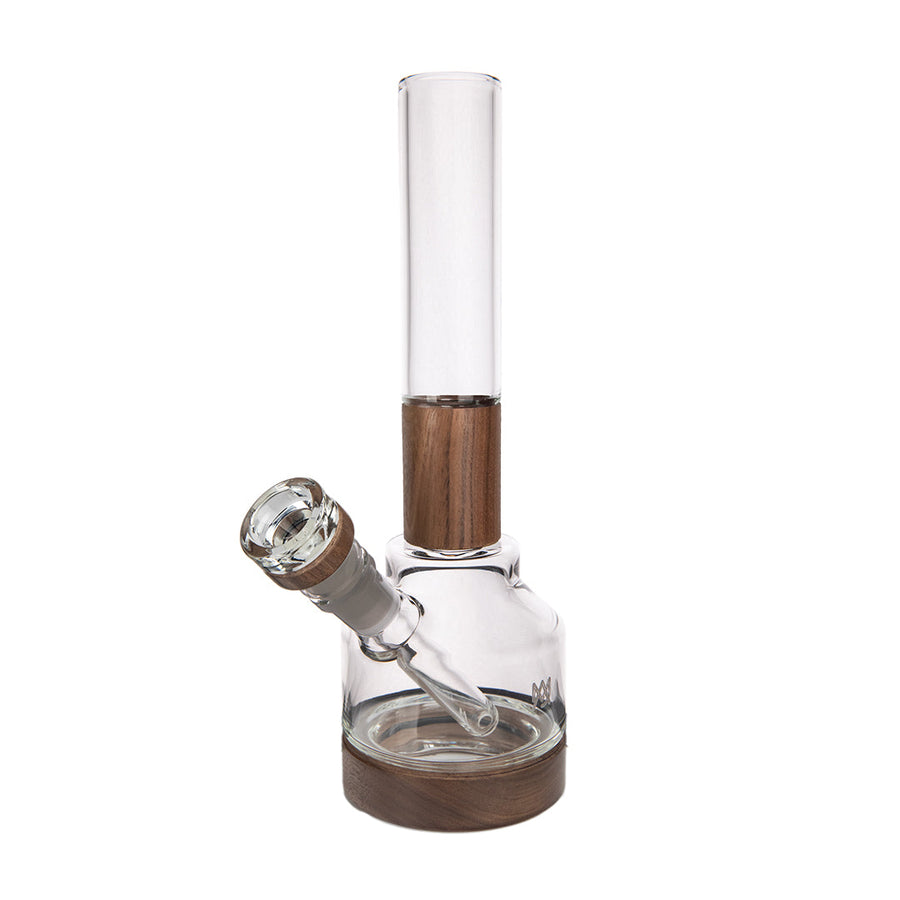
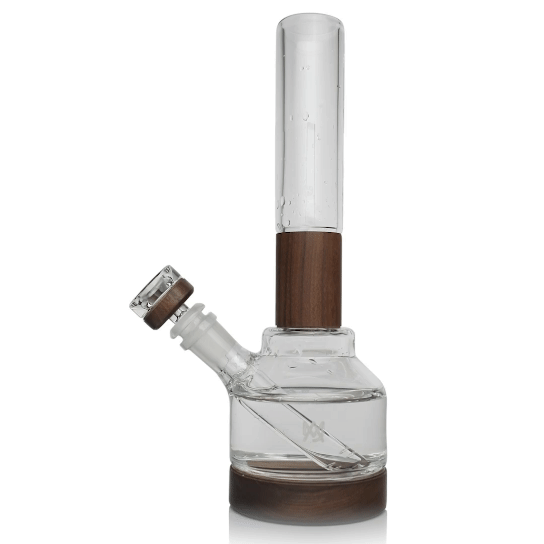
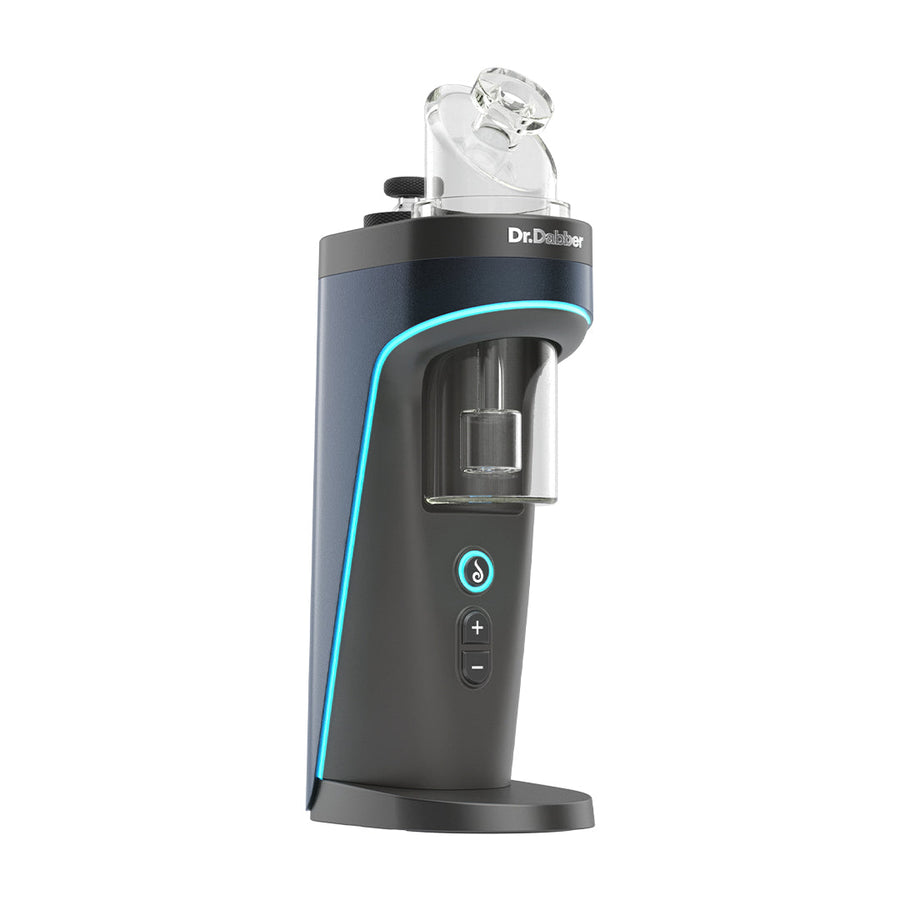
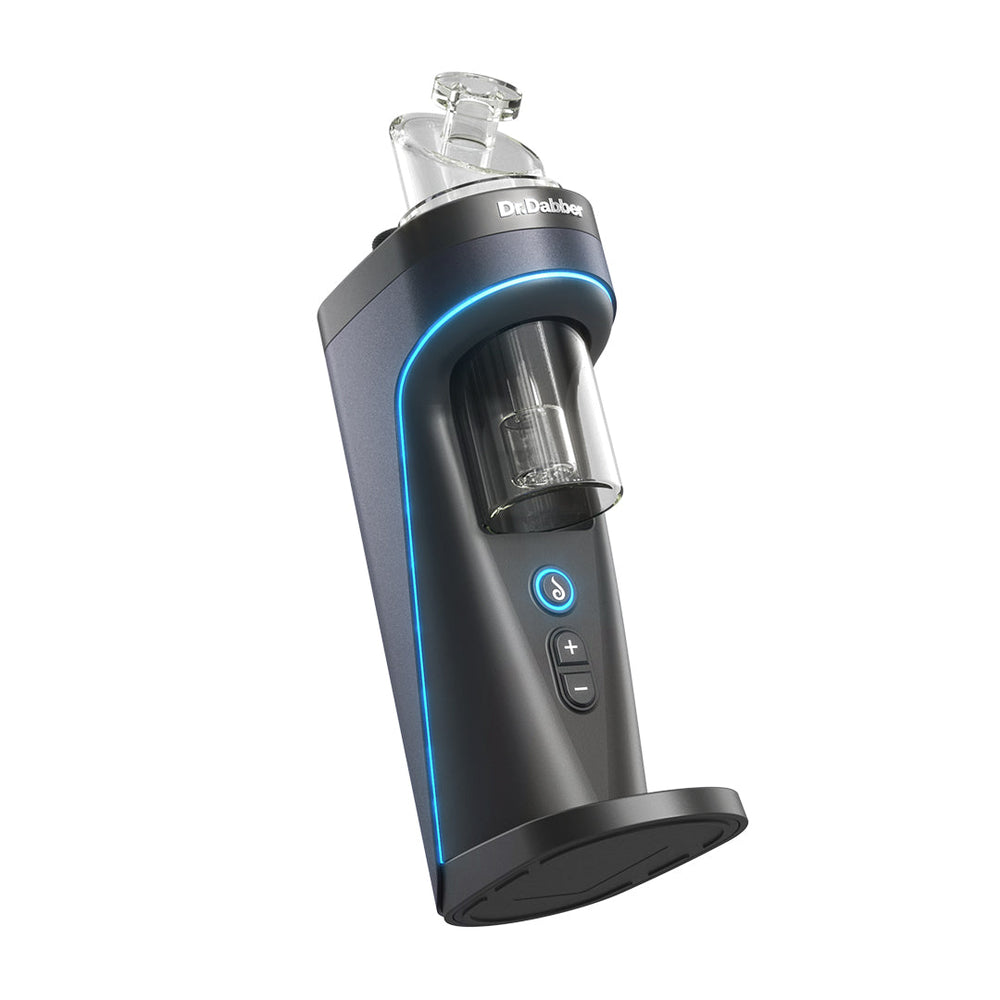
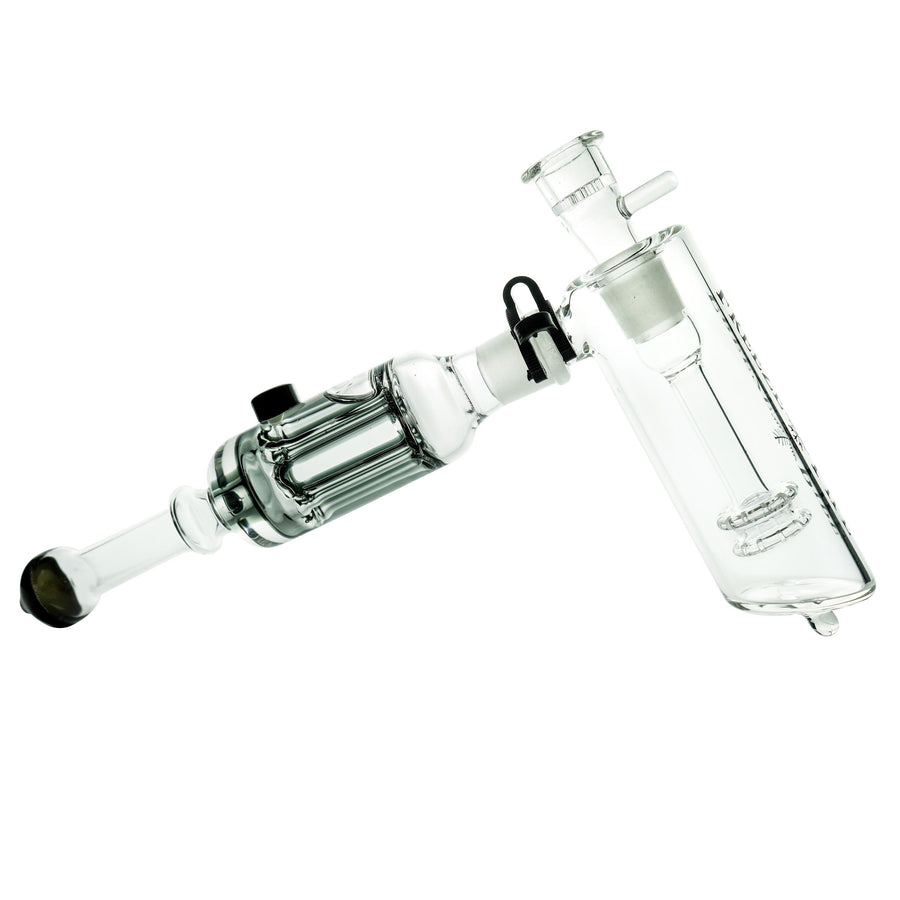
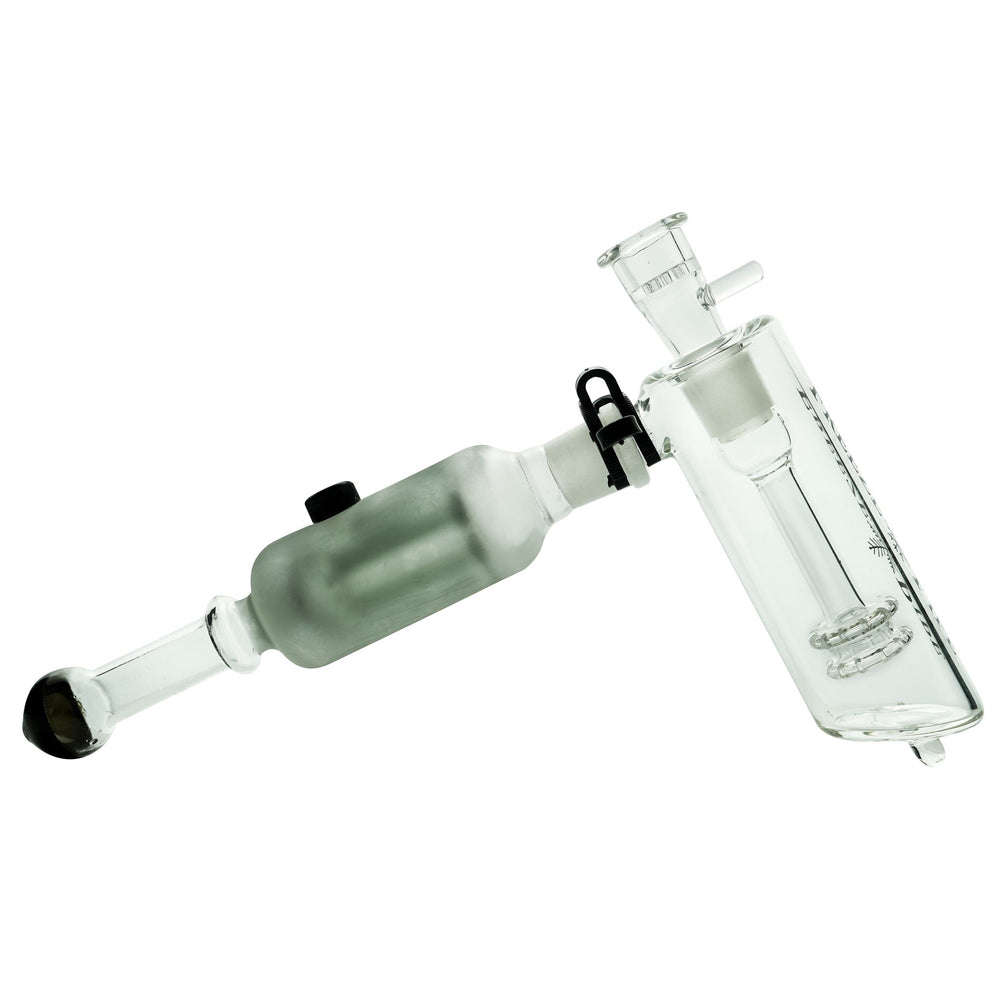
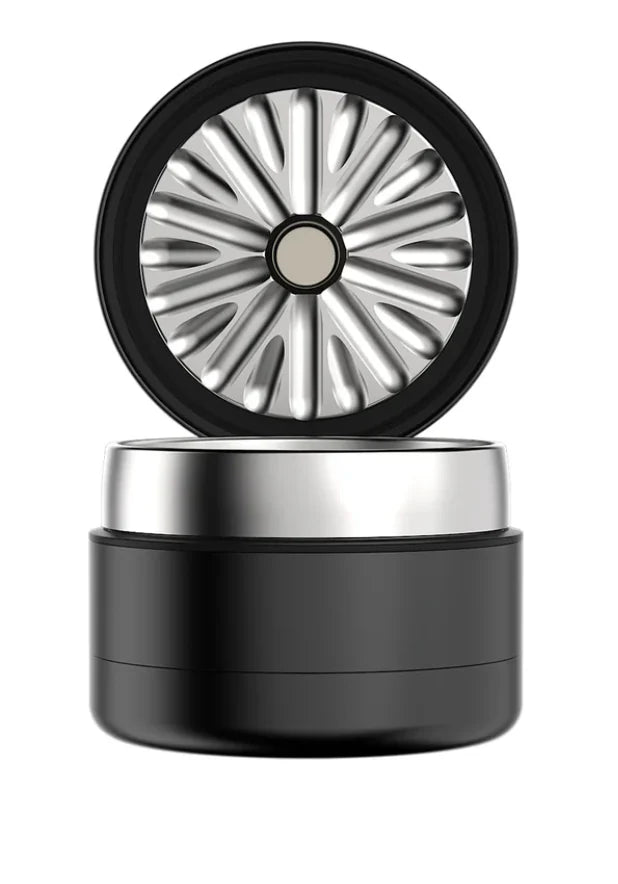


![Vessel Compass Rise [Obsidian] Vessel Compass Rise [Obsidian]](http://www.headshop.com/cdn/shop/files/631009c0-e68c-4238-9a63-73f14dd1117f.jpg?v=1717545548&width=600)
![Vessel Compass Rise [Obsidian] - Headshop.com](http://www.headshop.com/cdn/shop/files/631009c0-e68c-4238-9a63-73f14dd1117f.jpg?v=1717545548&width=900)
![Vessel Compass Rise [Obsidian] - Headshop.com](http://www.headshop.com/cdn/shop/files/a12c8ff4-4bee-4dc9-b697-542f6130e46e.jpg?v=1717609092&width=1000)
